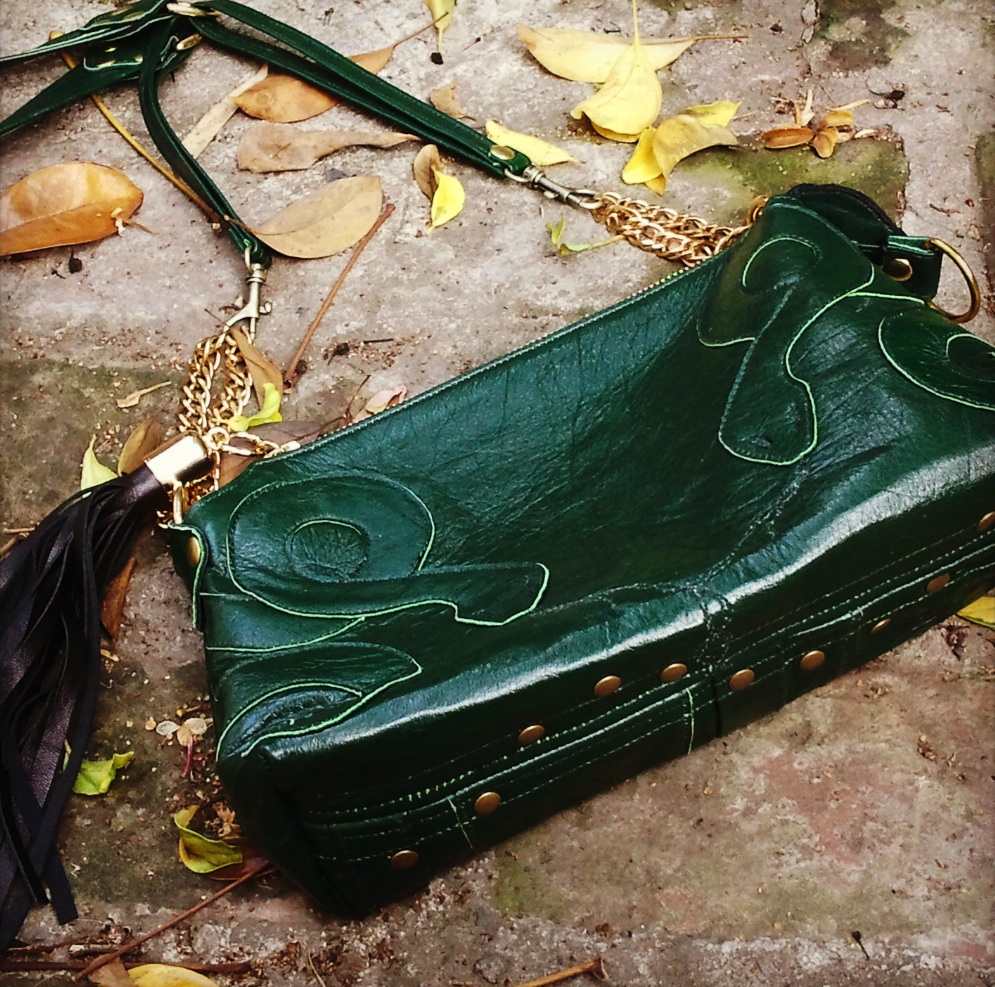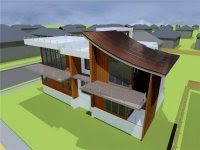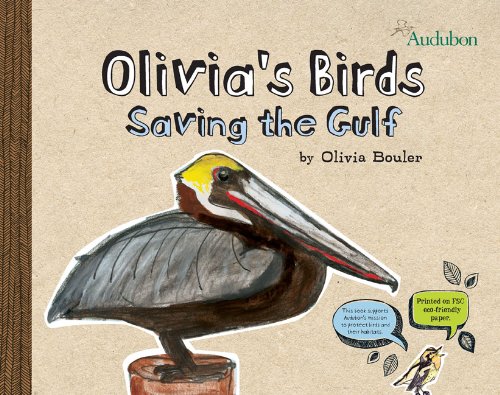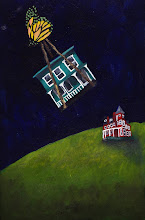 The New York Times today gave Verace a great review-- including praise for the 'bold' barrel-vaulted ceiling (ahem-- Bouler Architecture). Having dined there last night, I can wholeheartedly agree with the NYT's assessment of the food. I had a terrific apple and pear gogonzola salad with candied pecans, grilled shrimp and risotto, and a seafood stew, all at reasonable prices and manageable portions, not to mention everything on my plate was fantastic.
The New York Times today gave Verace a great review-- including praise for the 'bold' barrel-vaulted ceiling (ahem-- Bouler Architecture). Having dined there last night, I can wholeheartedly agree with the NYT's assessment of the food. I had a terrific apple and pear gogonzola salad with candied pecans, grilled shrimp and risotto, and a seafood stew, all at reasonable prices and manageable portions, not to mention everything on my plate was fantastic.
Sunday, February 28, 2010
The NYT Digs Verace
 The New York Times today gave Verace a great review-- including praise for the 'bold' barrel-vaulted ceiling (ahem-- Bouler Architecture). Having dined there last night, I can wholeheartedly agree with the NYT's assessment of the food. I had a terrific apple and pear gogonzola salad with candied pecans, grilled shrimp and risotto, and a seafood stew, all at reasonable prices and manageable portions, not to mention everything on my plate was fantastic.
The New York Times today gave Verace a great review-- including praise for the 'bold' barrel-vaulted ceiling (ahem-- Bouler Architecture). Having dined there last night, I can wholeheartedly agree with the NYT's assessment of the food. I had a terrific apple and pear gogonzola salad with candied pecans, grilled shrimp and risotto, and a seafood stew, all at reasonable prices and manageable portions, not to mention everything on my plate was fantastic.
Saturday, February 27, 2010
Friday, February 26, 2010
Captree: Update






 How nice to see three Bouler Architecture residences side by side in this family compound. The houses form a family of their own, each with its own style and program, and yet they relate to one another with a familiar intimacy. The cedar shingle, thicker and more expressive than most, gives the buildings a hearty timelessness intended to withstand the waterfront conditions for many seasons to come. Two of the three houses are close to completion, with sheetrock in place and appliances installed, but the third, the more complex of the three, is now truly taking shape. With its dramatic foyer and airy floor plan, it's exciting to see this new member of the 'family' entering the conversation.
How nice to see three Bouler Architecture residences side by side in this family compound. The houses form a family of their own, each with its own style and program, and yet they relate to one another with a familiar intimacy. The cedar shingle, thicker and more expressive than most, gives the buildings a hearty timelessness intended to withstand the waterfront conditions for many seasons to come. Two of the three houses are close to completion, with sheetrock in place and appliances installed, but the third, the more complex of the three, is now truly taking shape. With its dramatic foyer and airy floor plan, it's exciting to see this new member of the 'family' entering the conversation.
Wednesday, February 24, 2010
Key West: Butterflies








 As a slush storm hurls itself towards the Northeast yet again, I had to share the beauty of Key West's Butterfly and Nature Conservatory as a hopeful sign that spring might actually return again. It was incredibly serene to wander the sunlit paths inside the glass structure, with butterflies and songbirds floating around us, turtles and Chinese button quails underfoot. Jane even found one hitching a ride on her hat. In the hatching center, you can stand and watch a butterfly emerge from his cocoon. When I walked out of there with lower blood pressure and ready for a nap, I couldn't help but think how fantastic it would be to set one of these up at home.
As a slush storm hurls itself towards the Northeast yet again, I had to share the beauty of Key West's Butterfly and Nature Conservatory as a hopeful sign that spring might actually return again. It was incredibly serene to wander the sunlit paths inside the glass structure, with butterflies and songbirds floating around us, turtles and Chinese button quails underfoot. Jane even found one hitching a ride on her hat. In the hatching center, you can stand and watch a butterfly emerge from his cocoon. When I walked out of there with lower blood pressure and ready for a nap, I couldn't help but think how fantastic it would be to set one of these up at home.
Monday, February 22, 2010
Key West: Midcentury Mod
Sunday, February 21, 2010
Key West: Audubon House



 The Audubon House is a bit of a misnomer. Having visited the property for an extended stay when he was illustrating his catalogue of North American birds, Audubon never actually lived in the house. It's a small detail, with the beautifully restored home and lush grounds housing a fantastic Audubon print collection. Built after the area was decimated in the mid-19th century by a hurricane, this captain's house stocked with antiques and artwork holds original double elephant and octavio prints, becoming a lesson in art, biology, and the printing industry. Dedicated to catalogue the appearance and habitat of birds, Audubon released a variety of field guide print editions, thus making the masterful images affordable for the masses. After chatting with the very helpful and knowledgeable gallery manager Martha Resk, James and I couldn't help but invest in one-- a third edition octavio from 1859. This handpainted printed lithograph of dwarf thrush inspired me to revamp a collage that I never really liked. Maybe all it needed was a bird.
The Audubon House is a bit of a misnomer. Having visited the property for an extended stay when he was illustrating his catalogue of North American birds, Audubon never actually lived in the house. It's a small detail, with the beautifully restored home and lush grounds housing a fantastic Audubon print collection. Built after the area was decimated in the mid-19th century by a hurricane, this captain's house stocked with antiques and artwork holds original double elephant and octavio prints, becoming a lesson in art, biology, and the printing industry. Dedicated to catalogue the appearance and habitat of birds, Audubon released a variety of field guide print editions, thus making the masterful images affordable for the masses. After chatting with the very helpful and knowledgeable gallery manager Martha Resk, James and I couldn't help but invest in one-- a third edition octavio from 1859. This handpainted printed lithograph of dwarf thrush inspired me to revamp a collage that I never really liked. Maybe all it needed was a bird.
Note to Self
 Self-portraits have been a staple of artists for hundreds of years. Not only is the artist able to work from his own reflection, self-portraiture offers insights into the artist's psyche and identity. From Frieda Kahlo to Cindy Sherman, it is particularly poignant for women to objectify themselves as the subject of their own work. Artist and blogger Mara Thompson has opened up a call for mail art based on self-portraits, Note to Self, and is posting the entries on her blog. Consider looking in the mirror and submitting one of your own.
Self-portraits have been a staple of artists for hundreds of years. Not only is the artist able to work from his own reflection, self-portraiture offers insights into the artist's psyche and identity. From Frieda Kahlo to Cindy Sherman, it is particularly poignant for women to objectify themselves as the subject of their own work. Artist and blogger Mara Thompson has opened up a call for mail art based on self-portraits, Note to Self, and is posting the entries on her blog. Consider looking in the mirror and submitting one of your own.
Saturday, February 20, 2010
Key West Eats




 Eating in Key West is as you might expect-- seafood centric. Some highlights were coconut encrusted grouper and pan seared tuna at Alonzo's, conch chowder at -- well-- anywhere, and the seafood stew at Nine One Five. But some of the best surprises are off the well-traveled path. A Cuban sandwich at Sandy's Cafe on White Street proved to be worth heading off Duval Street and waiting outside the laundromat for ten minutes. Stacked with a selection of cold cuts, cheese and pickles, the toasted sandwich was huge enough for the four of us to share.
Eating in Key West is as you might expect-- seafood centric. Some highlights were coconut encrusted grouper and pan seared tuna at Alonzo's, conch chowder at -- well-- anywhere, and the seafood stew at Nine One Five. But some of the best surprises are off the well-traveled path. A Cuban sandwich at Sandy's Cafe on White Street proved to be worth heading off Duval Street and waiting outside the laundromat for ten minutes. Stacked with a selection of cold cuts, cheese and pickles, the toasted sandwich was huge enough for the four of us to share.Another unexpected highlight was a trip to Peppers of Key West. You've heard of a wine tasting, but hot sauce? Seriously, we sampled some amazing varieties and shipped home a case of our top choices with Billy as our host.
For ambience, we couldn't help but revisit Bo's Fish Wagon, a ramshackle of of a luncheonette. The food was the usual french fry fare, but the interior, a pastiche of old license plates, buoys, and the kitchen sink gave the space a junkyard rococo effect.
My one culinary suggestion to the city--- set up a proper beignet shop.
The Picture
Watch the attempt to recreate the 2007 Key West Christmas photo three years (and a few margaritas) later.
Friday, February 19, 2010
The Southernmost Entry


Key West is a fascinating crossroads of cultures. Mix Carribean, New Orleans, Antebellum, and a dash of pirate, add a jigger of booze, mardi gras and crass tee-shirts, stir, and you've got the proper vibe. Even in this week's 50 degree weather, people came to Duval Street ready to party.
Funny what captures one's imagination. The Southernmost marker, with lines of tourists snaking down the street, is one of the most photographed images in Key West, right next to the popular mile zero marker for Highway 1. Proof of one's existence perhaps.
Another well-documented image is the beautiful banyon tree on Whitehead Street. Since we stayed at The Banyon House, a quaint complex of renovated historical residences, we watched nearly every passerby stop and snap a picture of this unusual tree. Originally from India, the banyon spreads its sinewy roots above ground, creating a cathedral-like space out of its limbs.
For me, what has captured my imagination on all three of my visits to the area was of course the architecture-- some of the best preserved examples of 19th century vernacular. My favorite? Oddly enough the eyelid window-- what a terrible idea to stick a series of windows under the porch where hot air is trapped. From rain capture to front porches, as we look to the past to see which passive systems worked, and in this case, which failed, Key West can certainly offer some modern-day insights.
Labels:
architecture,
eco-friendly,
green architecture,
key west
Friday, February 12, 2010
Time Out for Travel
Visiting Artist


 A big thank you to Cliff Gardiner of Klph and John Studios in NYC for providing my students with some hands-on training as commercial photographers. It was a marvel to see how the right photograph can elevate a product from commonplace to desirable.
A big thank you to Cliff Gardiner of Klph and John Studios in NYC for providing my students with some hands-on training as commercial photographers. It was a marvel to see how the right photograph can elevate a product from commonplace to desirable.
Thursday, February 11, 2010
A Book About Death: Wales

Another round of A Book About Death is on the horizon, this time in Wales. I actually took an old postcard sized gouache that came back from a show in England and turned it into this mixed media collage. Now all I need to do is use that nifty typewriter and add a bit of text.
The ABD show at the MUBE in Brazil posted some pictures on their web site. If you look closely you can find a few of Louise Millmann's postcards, as well as one of mine-- The House of Ray.
Labels:
art,
Louise Millmann,
Nadine Palumbo,
Ray Johnson
Wednesday, February 10, 2010
Your Opinion, Please

 As creative team advisor for Bouler Architecture, I'm working on new ideas to reach more people. I confess, my Facebook page is a quiet affair. As my sister, Jenn Palumbo, puts it, it's like I'm in the witness protection agency. But I was really excited to hear that one of my longtime favorite blogs is taking advertising. Ciao, Chessa is the blog identity of the very talented photographer Monica Shulman. Her work, taken from travels around the world and her own back yard of NYC, has great range. It is beautiful without being sweet, relying on a complexity of light and dark, composition and spontaneity that leads me to follow her blog daily-- just to get my new art fix and once to pick up a gift for my father.
As creative team advisor for Bouler Architecture, I'm working on new ideas to reach more people. I confess, my Facebook page is a quiet affair. As my sister, Jenn Palumbo, puts it, it's like I'm in the witness protection agency. But I was really excited to hear that one of my longtime favorite blogs is taking advertising. Ciao, Chessa is the blog identity of the very talented photographer Monica Shulman. Her work, taken from travels around the world and her own back yard of NYC, has great range. It is beautiful without being sweet, relying on a complexity of light and dark, composition and spontaneity that leads me to follow her blog daily-- just to get my new art fix and once to pick up a gift for my father.So where do you come in, you ask? Please tell me which image you prefer as a digital button representing this blog and Bouler Architecture. I have a feeling but will keep my mouth shut.
Exhibit A: House in Flight was created as a photoshop collage at first. I scanned the actual butterfly and cut up pictures of houses from a trip to Montpelier, VT. I painted the image with a magnifying lamp and size 1 brushes, and it was the promotional card for my December show at Ripe Art Gallery. It now hangs in the chic and elegant household of Modernemama, surrounded by three other pieces of mine.
Exhibit B: Two if By Sea is a mixed media collage that I created for Ripe Art Gallery's upcoming Valentine's Day Show, which opens, when else, Valentine's Day. It uses an old painting of mine of the Blasket Islands in Ireland. I had been studying the islands as part of my YA novel Celtic Cross. Considering the isolation this seafaring community faced, there were many poets who came from that dying culture. We have tried to get to the islands on four different trips over, but alas the tides never cooperated. So I cut up my painting of the Blaskets into a diptych. Then I scanned our 19C German biology illustrations from an antique store in New Orleans (go Saints!) and photographed our place, Potic Cottage, where Jim designed a modern addition to a basic 600 square foot ranch. The string is scanned from a shopping bag in my office.
By the way, I'm also thinking of having reusable shopping bags made from the image, but cost may be prohibitive.
So what do you think? Which one works better as an ad-- graphics/content?
Labels:
art,
Bouler Architecture,
Ireland,
Nadine Palumbo
Bayshore, NY: The Big Pour


 Imagine yourself a busy architect jetting from one appointment to the next and on the way to the next site visit, you are practically run off the road by a caravan of cement trucks leaving your project. Enter the world of James Bouler. Check out that crane for Pete's sake. The complexity of the floor plan sets the groundwork for the parallel complexity of the roofline, so in order to get to all parts of the foundation on a waterfront job, the concrete had to be suspended overhead. With the rebar in place inside the wall forms, the snowstorm held out long enough for the concrete to be poured and set in time. The house will use a geo-thermal heating system, and the client says with the federal government incentives, it was an economical option.
Imagine yourself a busy architect jetting from one appointment to the next and on the way to the next site visit, you are practically run off the road by a caravan of cement trucks leaving your project. Enter the world of James Bouler. Check out that crane for Pete's sake. The complexity of the floor plan sets the groundwork for the parallel complexity of the roofline, so in order to get to all parts of the foundation on a waterfront job, the concrete had to be suspended overhead. With the rebar in place inside the wall forms, the snowstorm held out long enough for the concrete to be poured and set in time. The house will use a geo-thermal heating system, and the client says with the federal government incentives, it was an economical option.
Subscribe to:
Posts (Atom)

















